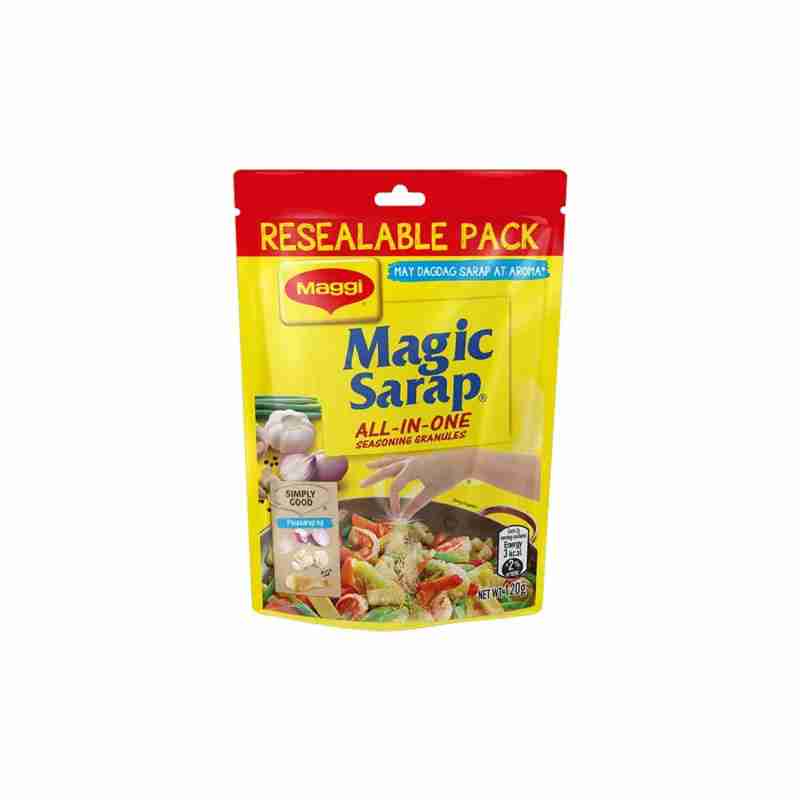Sarap Babe, a traditional delicacy native to the Indonesian archipelago, has been cherished for generations. This dish, rich in flavor and cultural significance, continues to captivate both locals and international food enthusiasts alike. Its unique preparation and ingredients make it stand out as a culinary masterpiece.
For many, Sarap Babe represents more than just a meal—it embodies the traditions, heritage, and communal values of the regions where it is prepared. The dish is a testament to the creativity and resourcefulness of the people who developed it, using locally available ingredients to create something truly remarkable.
In this article, we will explore the origins, preparation methods, nutritional benefits, and cultural significance of Sarap Babe. Whether you're a food enthusiast or someone curious about global cuisine, this guide will provide you with everything you need to know about this delightful delicacy.
Read also:Orville Peck Lpsg Unveiling The Enigma Of Country Musics Rising Star
Table of Contents
- Biography of Sarap Babe
- The Origin of Sarap Babe
- Key Ingredients of Sarap Babe
- How to Prepare Sarap Babe
- Nutritional Benefits of Sarap Babe
- Cultural Significance
- Variations of Sarap Babe
- Health Considerations
- Popular Sarap Babe Recipes
- Conclusion
Biography of Sarap Babe
Introduction to Sarap Babe
Sarap Babe, a term often associated with traditional Indonesian cuisine, refers to a dish made from fermented fish or other seafood. This dish has been a staple in coastal communities for centuries, providing both sustenance and cultural identity to its people.
Data and Biodata
| Aspect | Details |
|---|---|
| Origin | Indonesian Archipelago |
| Main Ingredient | Fermented Fish |
| Preparation Time | 2-3 days |
| Cultural Significance | Symbol of Community and Tradition |
The Origin of Sarap Babe
The origins of Sarap Babe can be traced back to the coastal regions of Indonesia, where communities relied heavily on seafood as a primary source of nutrition. The fermentation process was developed as a means of preserving fish, allowing it to remain edible for longer periods without refrigeration.
This method of preservation not only helped in conserving food but also enhanced its flavor, making it a sought-after delicacy. Over time, Sarap Babe evolved into a dish celebrated for its unique taste and cultural importance.
Key Ingredients of Sarap Babe
Primary Ingredients
- Fish (typically mackerel or sardines)
- Salt
- Rice or cassava
These ingredients are combined and left to ferment, creating a rich and savory flavor profile that is characteristic of Sarap Babe.
How to Prepare Sarap Babe
The preparation of Sarap Babe involves a meticulous process that combines traditional techniques with modern practices. Here's a step-by-step guide:
- Clean the fish thoroughly and remove any internal organs.
- Mix the fish with salt and place it in a container.
- Add rice or cassava to the mixture and seal the container.
- Let the mixture ferment for 2-3 days, depending on the desired level of fermentation.
- Once fermented, the Sarap Babe is ready to be cooked and served.
Nutritional Benefits of Sarap Babe
Sarap Babe is not only delicious but also highly nutritious. The fermentation process enhances the nutritional value of the fish, making it rich in essential vitamins and minerals.
Read also:Exploring The Remarkable Journey Of Carla Gebhart
According to a study published in the Journal of Food Science, fermented foods like Sarap Babe contain probiotics that promote gut health and improve digestion. Additionally, they are a good source of protein and omega-3 fatty acids, which are beneficial for heart health.
Cultural Significance
Sarap Babe holds a special place in the cultural landscape of Indonesia. It is often served during traditional ceremonies and family gatherings, symbolizing unity and shared heritage.
The preparation and consumption of Sarap Babe are seen as an opportunity for communities to come together, reinforcing social bonds and preserving cultural traditions. Its presence in local cuisine reflects the resourcefulness and adaptability of the people who created it.
Variations of Sarap Babe
Regional Differences
While the basic preparation of Sarap Babe remains consistent, regional variations exist, each adding its own unique twist to the dish.
- In the Minahasa region, Sarap Babe is often served with spicy sambal, enhancing its flavor profile.
- In Sulawesi, the dish may include additional ingredients like coconut milk, giving it a creamy texture.
Health Considerations
While Sarap Babe offers numerous health benefits, it is important to consume it in moderation. The high salt content in the dish can pose health risks for individuals with hypertension or heart conditions.
It is advisable to balance the intake of Sarap Babe with other low-sodium foods to maintain a healthy diet. Consulting with a healthcare professional is recommended for those with specific dietary needs.
Popular Sarap Babe Recipes
Sarap Babe with Coconut Milk
This variation adds a creamy texture to the dish, making it a favorite among many.
Sarap Babe Fried Rice
Combining Sarap Babe with fried rice creates a flavorful and satisfying meal that is both filling and nutritious.
Conclusion
Sarap Babe is more than just a dish; it is a testament to the rich cultural heritage and culinary traditions of Indonesia. From its origins as a means of preserving food to its status as a celebrated delicacy, Sarap Babe continues to captivate food lovers worldwide.
We encourage readers to explore the world of Sarap Babe by trying out different recipes and learning more about its cultural significance. Share your experiences with us in the comments below and don't forget to explore other articles on our site for more insights into global cuisine.
For further reading, we recommend the following sources:

